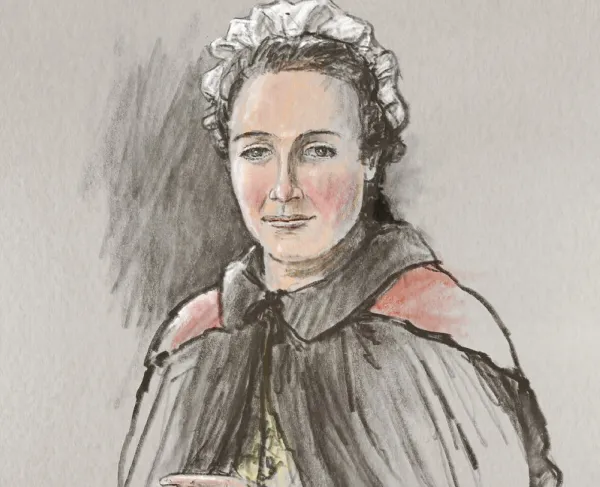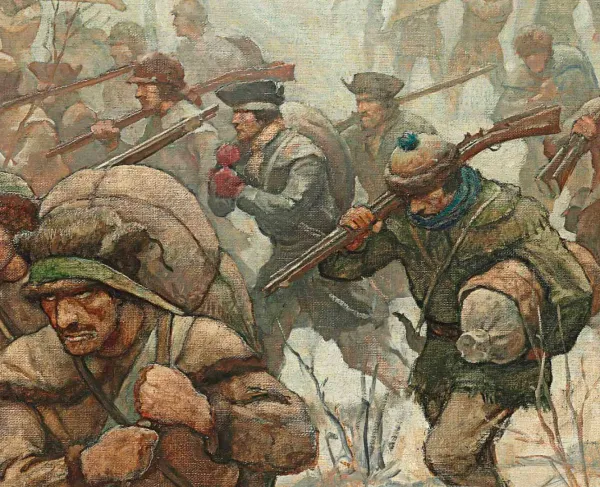Civil War II: A Designer Interview
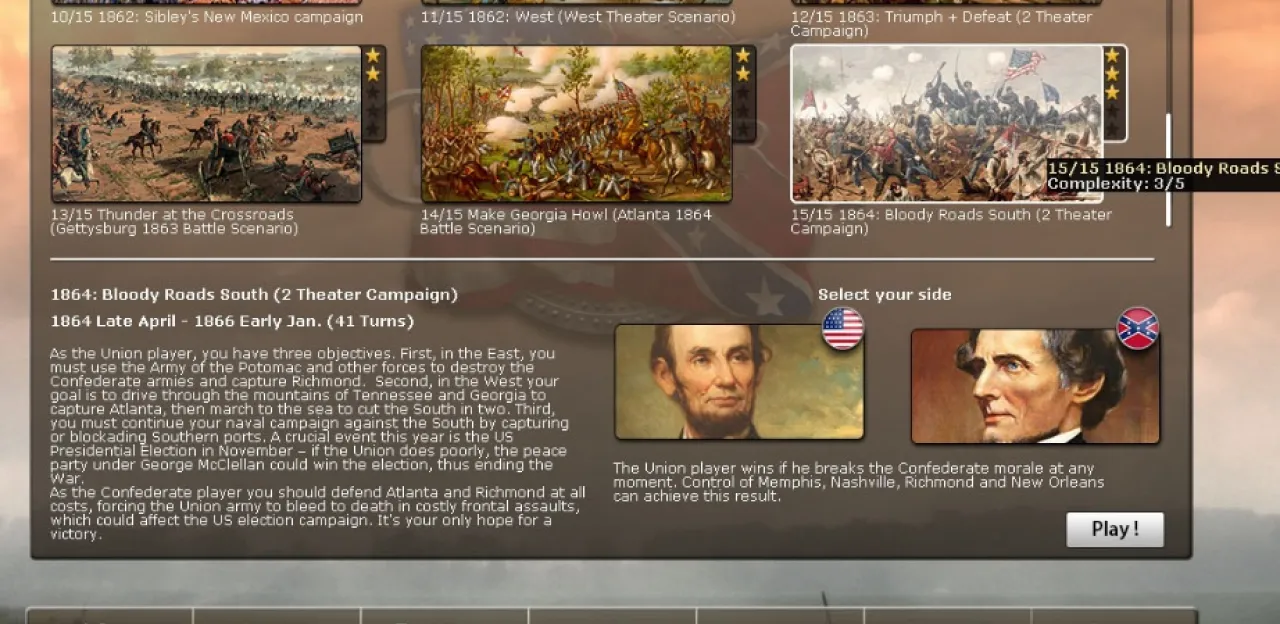
The Civil War Trust is proud to partner with Matrix Games and AGEOD, the team behind the new computer strategy game "Civil War II." Matrix and AGEOD will be donating a portion of the proceeds from sales of the game to the Civil War Trust in order to continue the campaign to save the hallowed ground of the Civil War's pivotal battlefields. A recent conversation with the AGEOD design team delved into questions of historical education and preservation.
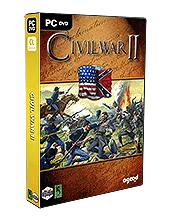
Civil War Trust: What is AGEOD? What have you done in the past?
AGEOD: AGEOD was formed back in 2005 by two French gamers, developers and designers, Philippe Malacher and Philippe Thibaut. Our goal was to create games we wanted to play - grand strategy games about history, using our AGE engine. We launched our first game, Birth of America, set during the American Revolution period, in 2006 and it was a great success. Our next big hit was American Civil War, in 2007, the precursor to Civil War II. Since then we have designed and produced many games on various periods of history including the Ancient Era, 18th Century, Napoleonic, Victorian Era & WW1. The games have built us a really strong and loyal community on our site.
What is Civil War II? What do players do in the game?
AGEOD: Civil War II is a turn based game with each turn representing 15 days. It models all the intricacies of the grand strategic warfare of the bloodiest conflict of America. The map is split into regions and stretches from the Rockies to Nova Scotia, and from Quebec to the Caribbean. Players control everything from the economy and diplomacy to the recruitment of troops and of course the movement of armies and commanders around the map. We have a number of options that allow players to dig deeper and even take control of the individual battles if they choose to do so or, if they prefer, leave this to their commanders and play from the strategic level.
The game uses a simultaneous turn or WEGO system. What this means is that both players enter their orders simultaneously and they are resolved together. This is very different to a normal turn based game such as chess where you see your opponents move and then react to it. In a WEGO system you can see where the enemy forces start (if your scouts have spotted them!) but you have to guess where they are going. You need to predict where they will be so that your forces can be sent to that location and not where they are currently. It requires a very different way of thinking and is much more realistic. These are the kinds of issues real commanders would have faced during the Civil War.
What sources were consulted in designing the game?
AGEOD: One of our strengths is the historical accuracy of our games and the way they capture the flavor of the period. As we have already created a number of games based in the US we already had a lot of the geographical research needed and Civil War I gave us a great starting point. However we still had a lot of work to do and we use a variety of sources including books & specialized websites. One of the things that gives us a real edge though is our community. Our community is extremely dedicated and many of them are amateur historians with vast knowledge of the period and so all of our research gets tested on them first. They pick holes in anything we get wrong and if there is something we can’t find such as the name of the commander of the 5th Brigade at Chancellorsville – these guys will find it for us and help fill any gaps. They are a huge resource for us and without them we just could not make the games we do.
Why did you choose to partner with the Civil War Trust?
AGEOD: First of all because the Civil War Trust shares a lot of our values; the love for history, the passion for promoting the legacy of history in innovative ways, the interest for taking past events to newer generations in modern ways.
The Trust has also a mission we totally embrace; we really want to be able to contribute to the cause and make sure Civil War II gets in front of as many stake holders and Civil War fans as possible.
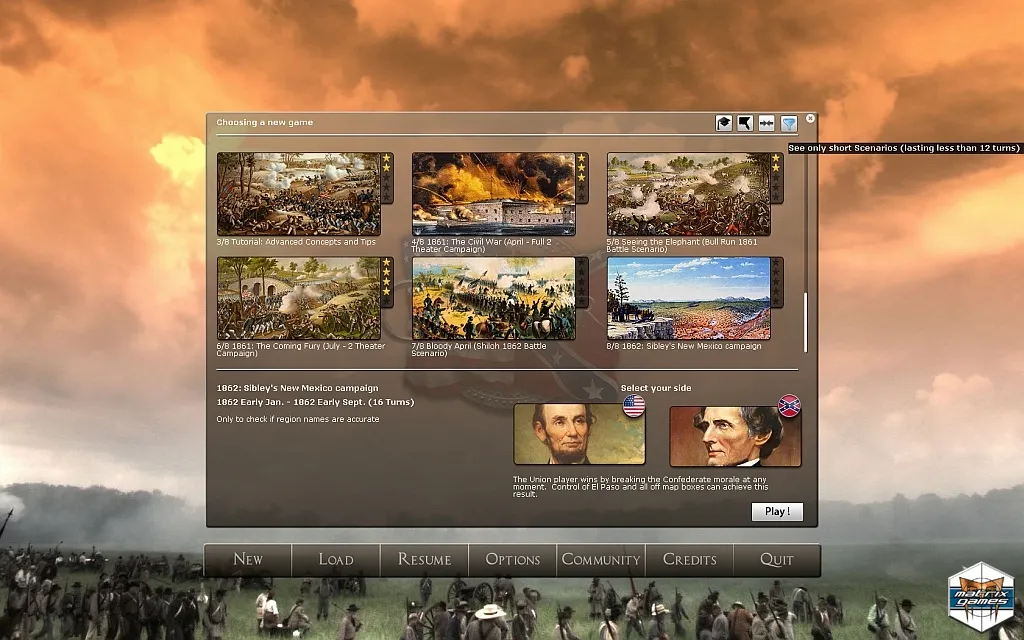
How are battles fought in Civil War II?
AGEOD: Civil War II is really about the grand strategy. It’s about getting your army in the right place at the right time so that they are at an advantage before the battle even starts. A big part of the game play is structuring your army correctly so you have the right command structure and mix of units to achieve whatever objective you have set. When a battle does occur we give you the option to take control and make tactical decisions or to have your generals make them for you. Good use of the tactical options can turn the odds in your favor and they are very interesting to watch, but you are not going to be able to turn the tide of the war with tactical victories. You need to think strategically to do this.
The map is beautiful and highly detailed. Are there any salient differences between the American landscape of the 1860s and the landscape of today?
AGEOD: I would say yes and no. The most striking differences are the railroad network. In the east this was quite well developed by 1860, but far less so as you move inland. The second major difference was the path of some rivers has changed and manmade lakes created by projects such as dams or the works done by the TVA are all new. One of the most interesting things we found was not what has changed, but what has stayed the same. We found that most modern roads follow the tracks from more than two centuries ago.
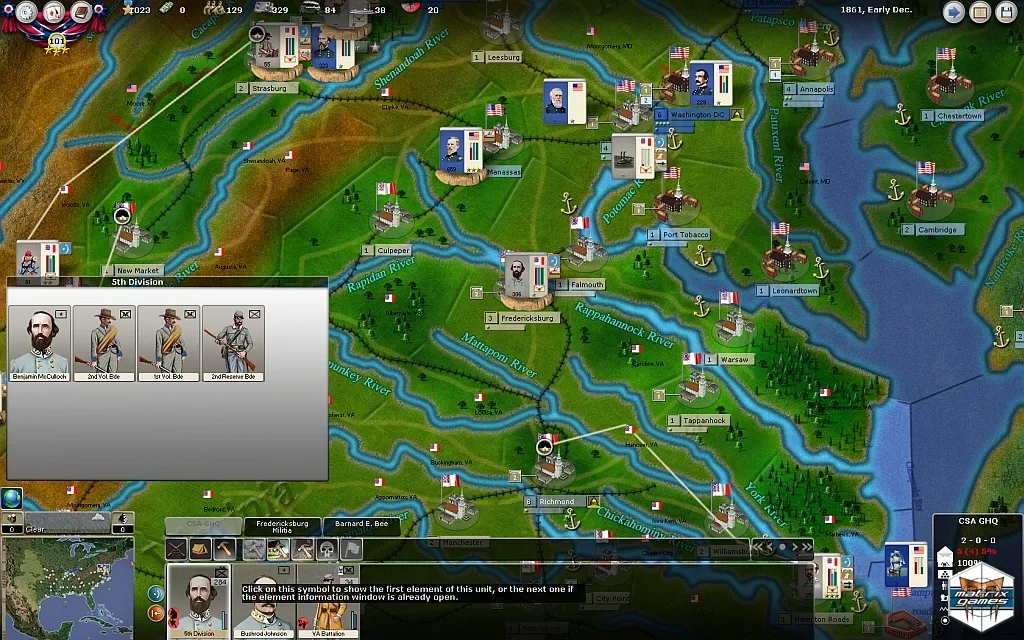
“Regional decisions” are a major new addition to the game. What are they meant to represent?
AGEOD: In a computer game you have to create rules and a model that the game follows. This works fine for some things, but for very special cases or unusual situations it can be very hard to model them in this way. For example we have a naval system that models ship to ship warfare, naval blockades, ironclads, movement, weather effects and many other factors. It works very well. However it doesn’t cover special case situations such as the Confederate submarine. There was only one and it had very little effect on the war, but to add it to the game system so it integrated with all the other elements would be a lot of work for such a special case "one-off" item. In practice it would not have been possible and this interesting bit of history would have been left out of the game.
So, we created the regional decision cards. These cards have special one-off effects that do not need to fit into the game system and allow us to include these special flavor items that help increase the immersion in the game. In the case of the submarine it gives the players a special one off attack against a target region and potentially damages or sinks ships in that region. This is as much as it would have done historically and means it can be included. Other examples include Partisans raids, creating new trails on the map and laying sea mines. There are over 40 regional decision cards in total.
Can historical strategies be employed in the game? Can you identify winning strategies that don’t follow the historical course of events?
AGEOD: What we do with our games is to create a realistic game model and starting situation but after that what happens is up to the player. You are free to try historical and ahistorical strategies and our aim is to make them all pan out in a realistic and believable way. For example it is advisable that the Union player devotes attention and significant resources to the blockade of Confederate ports as this reduces the Confederacy’s income. Similarly pillaging and burning as General Sherman did at the end of the war, can cripple your foe, but obviously upsets the locals and can cost victory points, so it’s about finding a combination of strategies that work together to achieve your objective and a lot of that involves reacting to your opponent.
One thing to bear in mind is that many strategies used by both sides during the war were flawed and both sides learned from their mistakes as they went. We have the luxury of hindsight and can learn from history and try to avoid those mistakes. We now know that marching hastily recruited conscripts towards the enemy capital is not a great plan. However if we did, we would find it probably ends in a similar kind of disaster to the way it did back then.
The game is not a replay of the Civil War, it lets you take the role of the president of the CSA or Union and see what could have happened. That’s what makes it so exciting!
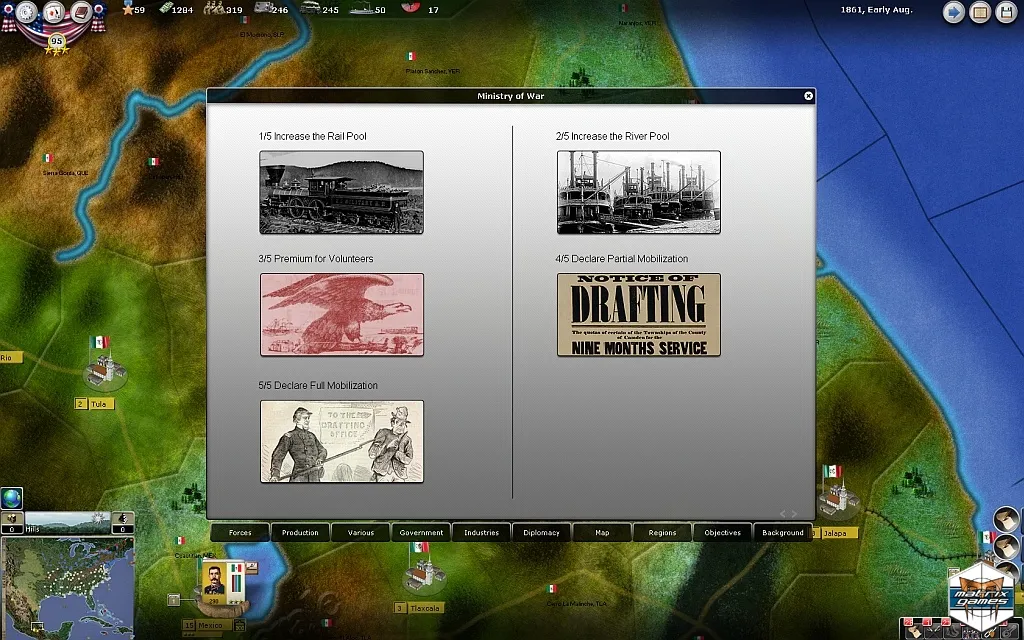
Can the game be used as an educational tool? What are some of the major teaching points of the game?
AGEOD: Civil War II is first and foremost a deep, interesting and fun game. However, having said that, because of the detailed research and accurate model it really does capture the flavor of the period and you can’t fail to learn more about the Civil War as you play.
The game shows how commanders were limited in their knowledge through the fog of war that hides enemy forces they are not aware of. Players have to predict where their enemies will be based on this limited information and plan for various outcomes. What happens if he digs in and fortifies his position – I need to rush towards him before he is prepared… what if he instead advances and prepare an ambush and catches my troops in column of march…. what if he has reinforcements I can’t see arriving… all of these factors need to be taken into account giving a real feel for the uncertainties of war.
The game is packed with historical events which are illustrated with pictures covering many facets of this dreadful conflict. Players will learn about the Trent Affair and how when Union forces boarded a British ship tensions with Britain were greatly heightened and in the game this increases the chance of foreign intervention by the British – something the Union really does not want! Players will also learn that Lincoln could have lost the 1864 election, if the war had been going badly. Many many events are modeled in the game because they add flavor and make it more interesting, but as a result they also make the game more educational!
The player will learn that the Union’s vast pool of manpower and developed industrial base gave it a significant advantage in the long run and that the CSA could not afford a battle of attrition. The CSA really needed a quick victory. We do not set out to teach the player about history but we find if you make a fun and engaging game, people will absorb the history without even releasing it.
Do you have any upcoming projects?
AGEOD: Yes we are very busy! As well as Civil War II we have two other games nearing completion in development with other teams. One game is a very unusual offering – it is called Espana 1936 and is the only grand strategy game we’re aware of that ever been made to cover the Spanish Civil War which was a precursor to World War II. The other is called Parthian Wars and is an expansion to our Roman themed grand strategy game Alea Jacta Est.
Beyond this I can’t say too much other than we have lots of plans!
Buy the Game: Civil War II
New technological approaches are changing the course of historical education and awareness in the United States. Matrix Games and AGEOD are sincerely committed to the cause of battlefield land preservation and the Civil War Trust is proud to call them partners. A portion of the proceeds from Civil War II will go to the Civil War Trust.
